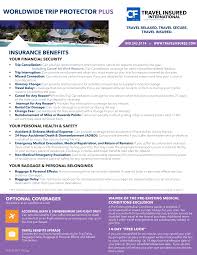
Many employers consider health insurance a crucial part of their compensation package. For the past 10 years, however, these benefits have been increasing in price. Prescription drug costs, increasing deductibles and rising health system pricing are just a few of the reasons. These trends are driving both the rise in premiums as well as depressing wages. Many employers are frustrated with increasing costs and administrative burdens. Some are looking for alternatives to the wage.
Employers are using more wearable devices for their wellness programs. A survey showed that nearly half of all employers store data about employees' wearable devices. While the health insurance market is still largely driven by price increases, more employers are also looking at new payment methods to help keep their employees healthy.
According to the Congressional Budget Office the number of Americans who will continue to receive health care through their employer-sponsored plans will be the same 159 millions in ten years. That means health insurance will continue to be a tax-preferred alternative. In 2019, the cost of single coverage for a household will still exceed 9.86%.

Premiums are not just the cost of the health insurance, but also the cost of deductibles. About 25% of Americans have a deductible less than $2,000. This is the reason why many companies are opting for a self-insured plan, which is a way to reduce the overall cost of the benefits. When claims are low, the self-insured plan saves money. The employer must pay more if the claim is greater than expected.
The employees' age mix determines small group rates. Massachusetts has a median annual income of $1186 for workers younger than 25 and an average annual income of $6,896 for those older.
Larger employers have greater control of plan coverage. Most large employers offer a biometric screening to their employees. They also offer a wellness program and encourage employees to visit lower-cost providers. The public sector can also tailor their health care plans to fit employees' needs.
The Affordable Care Law will make it possible for employers with 51 to 100 workers to be part of a merged healthcare insurance market. This is expected to happen in 2016. These employers will pay premiums that can go up to 9 %. The law also requires that each state sets a rate every year. The annual penalty for those who don't provide affordable plans is $3,480

In order to comply with the ACA, some small employers must make additional contributions to subsidize health insurance for their workers. Massachusetts is an example of a state where employers are required to contribute $50 per employee annually.
Despite these requirements the number of companies offering health insurance is continuing to decline. After a decade of rapid increases, many small employers are frustrated with the uncontrollable cost of benefits. Even though the cost of health insurance is not rising for most employers many are still having difficulty keeping employees.
As unemployment remains low, so is the difficulty in keeping employees. This is a problem for employers. Employers will be penalized $2,320 per employee if they do not offer health insurance. You can also face thousands in fines if you fail to comply COBRA. This law requires employers offer ongoing health care to their employees.